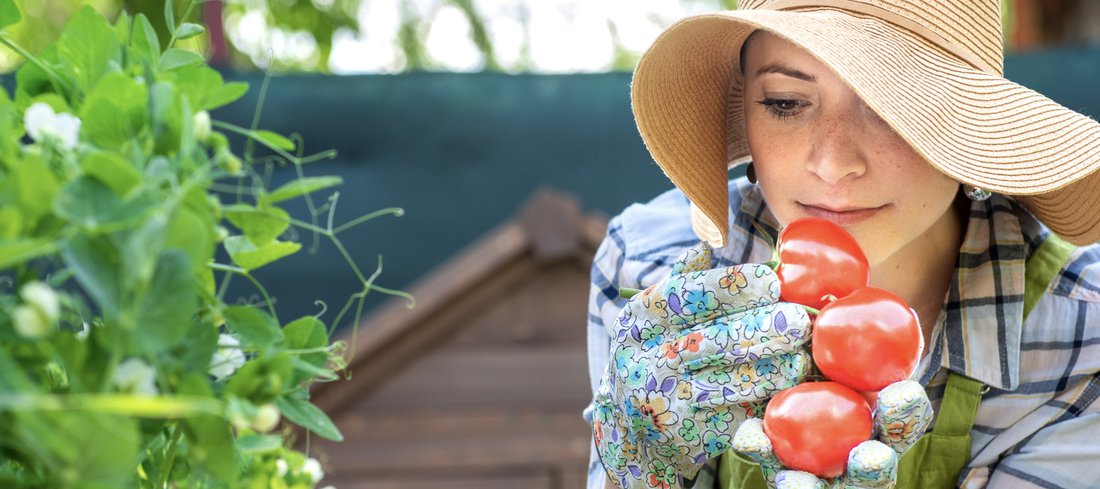Tips for a successful garden
Do you have any extra yard, patio or balcony space with good sun exposure? If so, why not use it to grow some fresh tasty veggies, herbs or beautiful flowers?
Gardening is fun, good exercise and an activity you and your whole family can enjoy. Beginners might want to start out with a small plot like a raised bed or portable vertical garden. Actually, raised bed and pot gardening are great ways to start as they use space more efficiently, usually produce bigger yields and makes controlling of weeds and pests easier to manage.
Add a little elbow grease and lots of love and before you know it your little plot will be sprouting ingredients for making delicious salads and vegetable dishes.
Choose the right location
It is recommended to place your garden in an area you will see regularly. This way you are more likely to remember to do the things needed for your garden to thrive, like watering and weeding.
Sunlight
Most vegetables, fruit and herbs need at least six hours of sunlight each day. Before choosing a garden location you should analyse how sunlight passes over your property. Make sure to choose an area with the most sunlight possible.

Access to water
Make sure your location is close to a water supply. If your watering hose will not reach, you will be less likely to water enough to make your garden thrive.
To check if your garden needs water simply push a finger about an inch into the soil. If there is no moisture, it is time to water.
Choosing the right soil
Before investing a lot of money buying soil for garden beds, make sure it is good quality. There’s nothing worse than spending a couple of days and some hard earned cash creating a garden only to discover your plants won’t grow well in the soil you have chosen.
Topsoil is recommended for most gardens due to its permanence. Unlike potting soil that has a high level of organic matter that will decompose and require refilling each season, topsoil will be in good condition to use year over year.
Whatever soil you choose, be sure it is nutrient rich and has a mixture that will properly drain.
What zone are you in?
The "hardiness zone" or simply "zone" system was developed by the United States Department of Agriculture (USDA) as a rough guide for landscaping and gardening. It is the original and most widely used system. It defines 13 zones by annual extreme minimum temperature and has been adapted by and to other countries (such as Canada).

The chart will help you to determine your zone, but before you order seeds online, some googling is recommended to make sure the plants you want to grow will thrive in your zone.
Choosing your plants
In addition to knowing your zone, when choosing plants it is important to consider the conditions for your garden bed. How much daily sunlight will the plants get? Do your plants require shade, or are they heat tolerant?
One common mistake is to overplant, causing overcrowding when the plants reach maturity. Plants like pumpkins, squash and zucchini require a lot of space, so consider this when planting.
Refer to the tags on your plants to get proper planting requirements.
Frost
It is important to know when your area typically experiences frost. Planting too early can spell disaster: most plants will not survive frost except for hardy plants like kale.
As the weather turns cold, it is recommend you cover your garden at night to protect the plants. If possible, move them inside.
Weeding
Once your garden is planted it will not require a lot of work. Besides watering, weed regularly so the plants are not choked out and deprived of moisture and nutrients.
Click here for NuVue’s complete line of Spring/Summer protection products.

